Underrepresented objects in Plant Biology: The clubroot pathogen Plasmodiophora brassicae
Why we need more experts in clubroot research
Guest post by Susann Auer
Funding for plant disease research is crucial for scientists as it aids in providing necessary resources for resistance breeding and commercial exploitation of results. It also helps to keep the amount of trained experts high who help policy-makers make informed decisions on disease management and disease prevention strategies. Lack of funding and basic knowledge will ultimately lead to the underrepresentation of certain plant diseases and lack of awareness.
Sadly this is the case for the ´non-standard´ plant pathogen Plasmodiophora brassicae, the causal agent of clubroot disease. This soil-borne disease causes infected plants to produce large root galls and stunted stems, often followed by wilting and death of the host (Fig. 1). The pathogen belongs to the Phytomyxea, a taxonomic group within the Rhizaria that includes few other important plant pathogens such as Spongospora subterranea, the causal agent of powdery scab in potato, and Polymyxa spp., a transmitter of plant viruses.

Clubroot is one of the most damaging diseases of Brassica crops worldwide, global average yield losses are estimated to be around 15% each year. What this number does not show is the routinely observed 100% economic loss on infected sites where clubroot infestation in the soil has reached a peak. These fields look totally devastated with wilted plants laying on the soil and only few having produced a thin stem with a few flowers on top. It is therefore partially understandable when farmers plough in or abandon heavily infested field sites as it is costly and probably not even possible to harvest these plants. But doing so has dramatic consequences on the spread and persistence of the clubroot disease in the soil. The plant root serves as one huge resting spore production machinery during the biphasic life cycle of the pathogen. When the spores reach maturity, they are liberated from decaying root tissues in the nearby soil and can stay infective for a decade or longer even if no suitable host is present. But there is always a host. Intercropping with other Brassicas such as mustard or fodder varieties provides suitable hosts for the germinating Plasmodiophora zoospores. Theoretically, one successful zoospore is enough to keep the population of the pathogen alive as this one spore multiplies in the root hairs to form a multicellular plasmodium which upon maturity releases secondary zoospores that infect the cortex and lead to the mass production of resting spores within the outer root tissue. The problem is, all these things happen under the soil surface. At the beginning of the infection you might even observe a better growth of the plant as cytokinin and auxin metabolism is triggered upon infection with clubroot. And who, if not a trained expert, rips out plants from a field to check if the roots are uncommonly swollen?
So far we lack available control strategies that are efficient, sustainable and environmentally friendly. This is partially due to a lack of funding and relatively few papers on the disease compared to other long known pathogens (Plasmodiophora was described 140 years ago). A huge problem is the chronic shortage of experienced scientists working on clubroot, especially in Europe and Asia. The people working on clubroot in Europe (although it affects almost all states in which Brassicas are grown!) fit comfortably in one small room at each conference where meetings of the self-proclaimed ´clubrooters´ occur. Unfortunately, the average age of scientists working on clubroot is close to 50 and lack of funding directly and negatively impacts training of a next generation of scientists working on – and very crucial – understanding the specific disease biology of clubroot. There is so much more we need to understand first about the pathogen before we can find suitable ways in controlling and managing the disease on already infested fields. Recently, scientists started to make progress in identifying clubroot effectors, but the work is tedious as we lack a proper amount of genetic ressources to confirm these in all available and known Plasmodiophora isolates. With more labs working on the disease and using their specific skill sets, clubroot research would move forward at a larger pace and at the same time equip future researchers working in agricultural contexts to get extensive training on a hard-to-control disease. Let´s hope for a brighter future with a pro-funding environment and increase in researchers, willing to dive deeper and investigate the clubroot pathogen with its unique biology.
 Author: Susann Auer, Postdoc scientist working on plant-pathogen interactions, the clubroot pathogen, and biocontrol.@SusannAuer
Author: Susann Auer, Postdoc scientist working on plant-pathogen interactions, the clubroot pathogen, and biocontrol.@SusannAuer


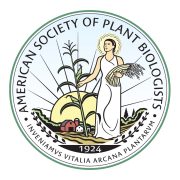

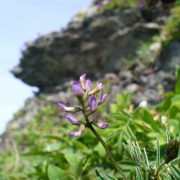
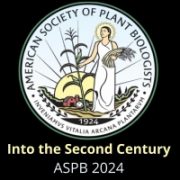

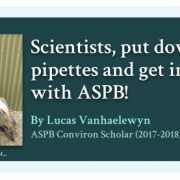
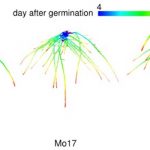
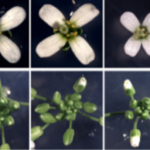
Leave a Reply
Want to join the discussion?Feel free to contribute!